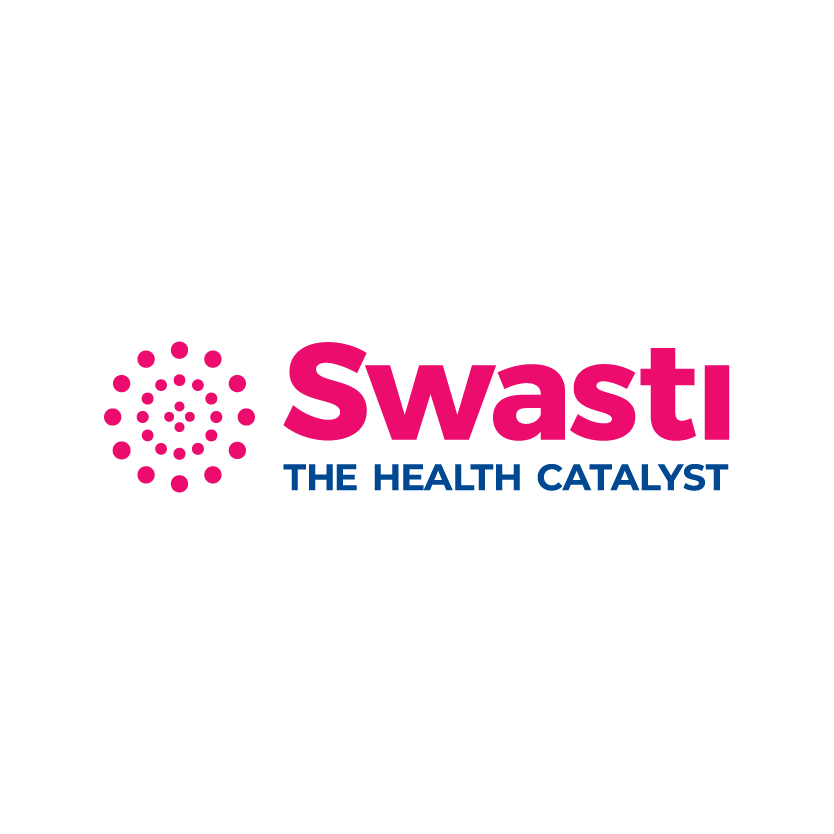

This section presents actionable insights for practitioners from our collaboration of experts.
Analysis
FILTER
BY CATEGORY
View All
SBCC: Old Wine or a New Spirit!
27 Jun 2020by Siddhi Mankad 3 min read
“Social and behavior change communication has become the new buzz term on the social sector block,” said a friend in development, a tad irritated. “Haven’t development projects used communication to spread messages and create impact? Now that new technology is available, it is just like putting the old wine in a new case.” But SBCC is no old wine! Rather, it is a new spirit… a fresh outlook of promoting behavior by understanding behavior. It is an evolving discipline that seeks to get to the ‘gut’ of what drives people to do what they do, to accelerate and sustain change. We know that merely informing people of good practices — for instance, related to immunization, family planning, nutrition for pregnant and lactating women (the list is endless), does not necessarily drive the adoption of good practices. There have been many initiatives that have founded their communication on the SBCC chain of participatory research and planning, use of trans-media (the same message delivered through audience-specific media), feedback and research, and monitoring and evaluation (M&E) of SBCC initiatives. UNICEF’s strategy to address adolescent health and other issues faced by adolescents is one such initiative. The AdhaFULL series used multiple media, including a 78-part teleserial, a 78-part radio program “Full On Nikki”, mobile game “Nugget”, and IPC toolkit and social media campaign. Similarly, we find SBCC success stories in promoting handwashing, increasing age at marriage for girls, menstrual health and hygiene, etc. SBCC is extremely relevant to India’s ambitious goal to #EndTB by 2025. The push towards improving access to knowledge, services and facilities, including the use of technology to facilitate adherence to drug regimens, will come to naught unless we use concentrated messaging that is founded on demolishing the barriers to prevention, testing and follow-through by patients, including stigma, gender-related and socio-cultural barriers. As they move to scale or accelerate the impact of their interventions, the TB community needs to review its communication approaches and strategies and introspect on the following:
- Are we investing adequately in SBCC — in strategy, capacity and budgets?
- Are we listening to communities to understand the challenges they face — at personal or psycho-social levels — in health-seeking behaviors and treatment?
- Is our messaging merely cerebral in nature (sharing of information) or does it appeal to the emotions?
- Are we effectively using media and methods to reach our communities? Or is it the same message that goes to all through the same media?
- Do we adequately review and understand the impact of messaging, and make adjustments accordingly?
At Learning4impact we recognize that such introspection is important to our #EndTB efforts.
There are many resources on SBCC on the web, including the “Health Communication Capacity Collaborative” (https://healthcommcapacity.org) supported by USAID.
If you have a story of SBCC efforts, successes, learning in the TB initiatives, interesting tools, or designs, please share it with us: Tweet us @Learning4impact!
First published on May 7, 2018.
Siddhi Mankad is SBCC expert at Catalyst Management Services.
Categories
SBCC

 EXPLORE DATA
EXPLORE DATA 



























